Gaza, MINA – UN estimates indicate that over 7,000 tons of unexploded ordnance are scattered across approximately 40 percent of Gaza’s neighborhoods, with the highest concentrations recorded in Beit Hanoun, Beit Lahia, and Jabalia.
A new report from The Economist warns that Gaza may now have the highest concentration of unexploded ordnance (UXO) of any conflict zone in the world, posing an extreme long-term threat to civilians, even after the Israeli bombardment ceases. This was quoted from Palinfo on Sunday.
The report states that most of the danger lies beneath the rubble, where the Israeli Occupation Forces (IOF) dropped a large number of bombs equipped with delayed-action fuses.
These munitions can explode days, weeks, or even months later inside collapsed buildings or underground, complicating cleanup efforts and endangering returning families.
Also Read: Gaza Medical Team Identifies 97 of 330 Bodies Returned by Israel
According to UN data cited in the report, at least 53 people have been killed and hundreds more injured by unexploded bombs, although humanitarian groups believe the true casualty count is far higher.
One of the most tragic cases involved six-year-old twins, Yahya and Nabila al-Sharbasi, who suffered severe injuries after playing with what they thought was a toy—a bomb left behind in their ruined neighborhood.
Aid groups say such incidents pose a particularly grave risk to children in Gaza’s densely populated residential areas.
Humanity & Inclusion, a leading aid organization, estimates that the comprehensive clearing of this debris could take 20 to 30 years, and potentially much longer without extensive international technical support.
Also Read: Israeli Airstrike Kills Palestinian in Gaza, Ceasefire Violations Continue
“Thorough clearing of the rubble will never happen,” said Nick Orr, an explosives clearance expert with the group.
Efforts to neutralize the UXO face strict restrictions from Israel, which blocks the entry of expert teams and crucial equipment, while also preventing Palestinian personnel from receiving professional training. Many vital pieces of equipment are classified by Israel as “dual-use” and are prohibited from entering the territory.
Consequently, bomb disposal crews are forced to improvise, sometimes filling used food sacks with sand to create makeshift blast shields.
The report concludes that Gaza represents one of the world’s toughest explosive contamination challenges. Unlike Mosul and other war-damaged cities, residents cannot be evacuated during the clearance process because the territory lacks safe zones after Israel destroyed most of the civilian infrastructure.[]
Also Read: Israeli Occupation Forces Kill Palestinian Teenager in West Bank Raid
Mi’raj News Agency (MINA)





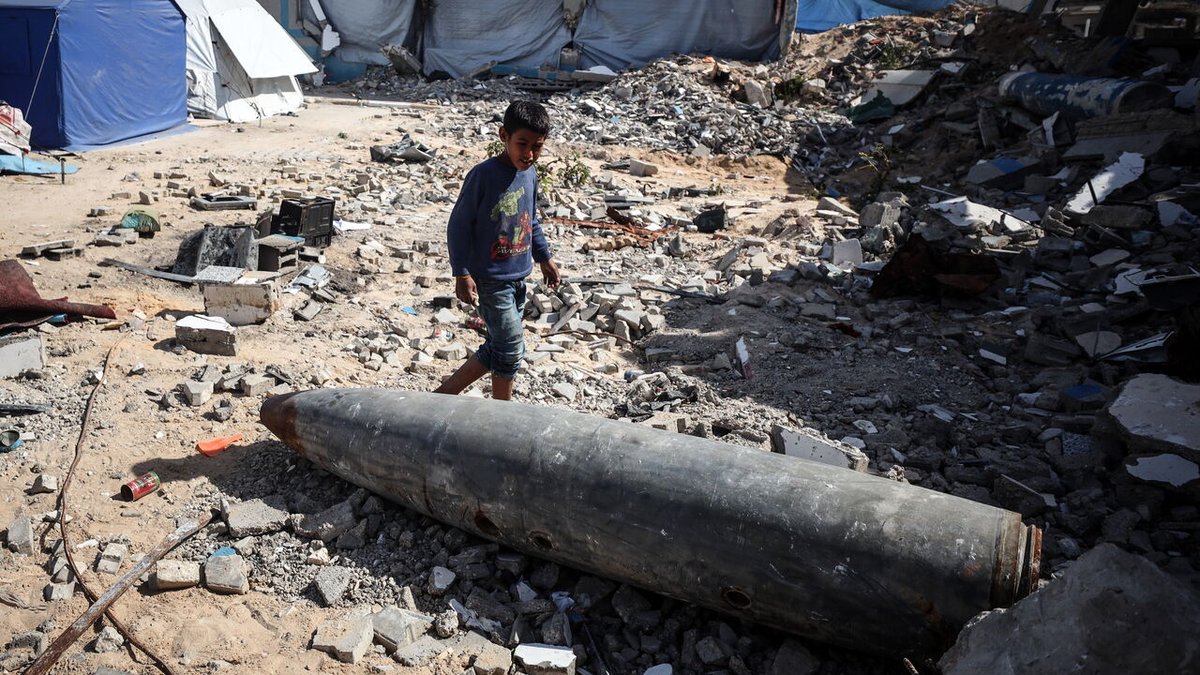

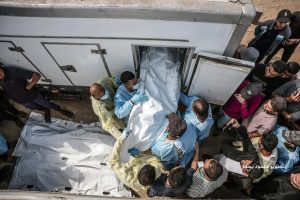
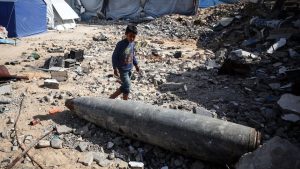

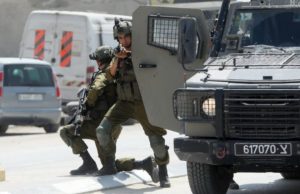
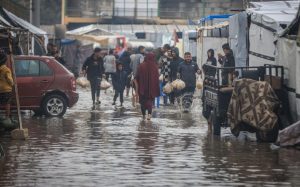

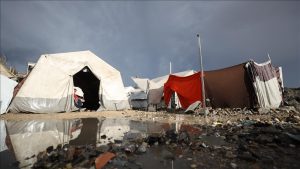
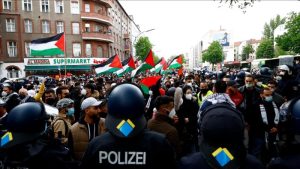
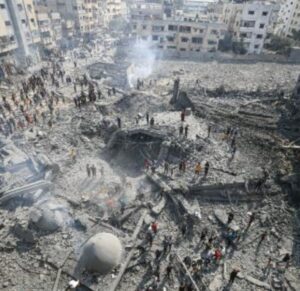






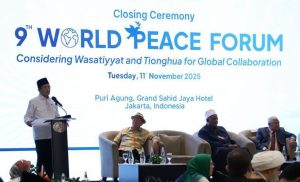

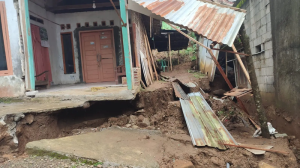
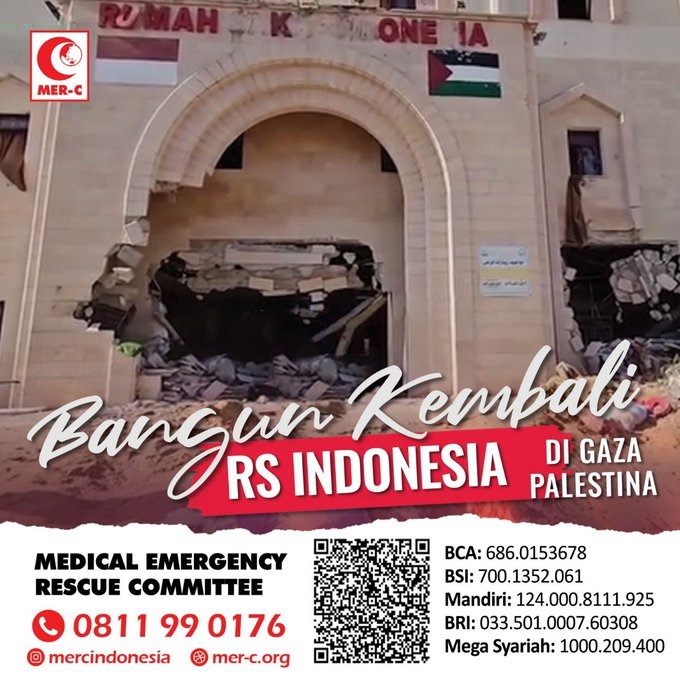


 Mina Indonesia
Mina Indonesia Mina Arabic
Mina Arabic